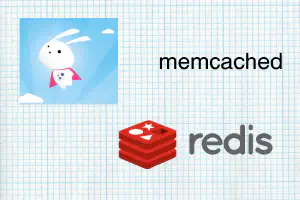Rails on AWS: Do you need nginx between Puma and ALB?
When I set up Rails on AWS, I usually use the following pattern: (CloudFront) → ALB → Puma I was wondering: Is it always necessary to put nginx between the ALB and Puma server? My theory behind not using nginx is that because it has its own queue (while the Classic Load Balancer had a very limited “surge queue”, the ALB does not have such a queue), it will help in getting responses back to the user (trading for increased latency) while hindering metrics used for autoscaling and choosing what backend to route the request to (such as Rejected Connection Count).
Web App Development and Caching
Any web developer who works with external services or databases (that’s probably almost every web developer) has probably run into performance problems. The problem is that running code by itself is pretty fast. Databases and external services / APIs are very slow. Waiting on an external API to load is basically the computer equivalent of waiting for a brontosaurus to walk a kilometer. As web developers, we have a very powerful tool called caching.